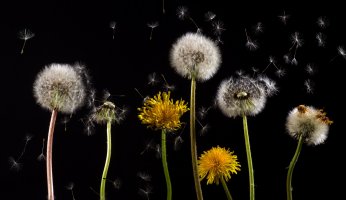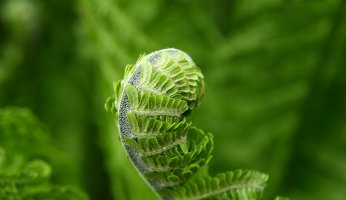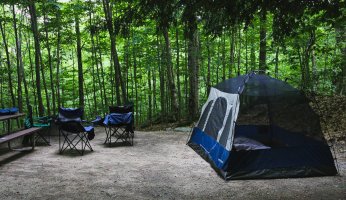10 Edibles For This Spring: Pacific Northwest
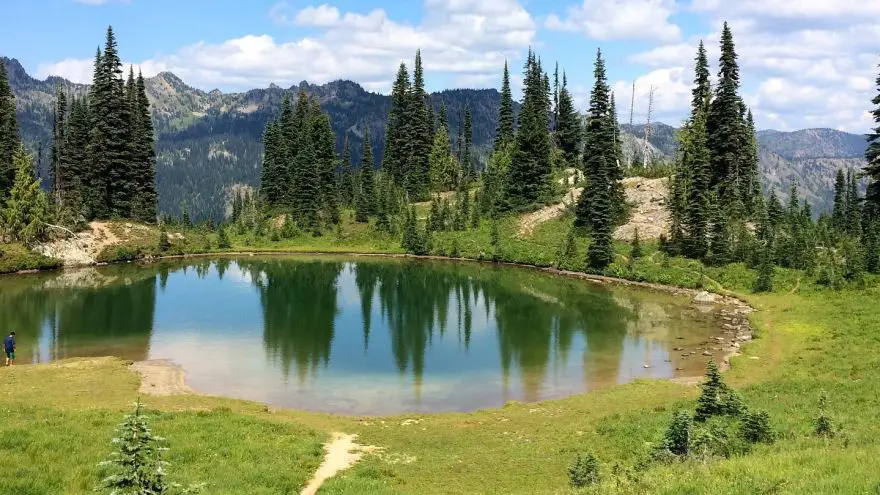 10 Edibles For This Spring: Pacific Northwest
gearweare.net
10 Edibles For This Spring: Pacific Northwest
gearweare.net
Each year the mountains and valleys of the Pacific Northwest burst with new life. It is a landscape that seems to be filled with endless foraging opportunities. The following is a list of ten plants that are easily found growing wild across the region and each has a unique and delicious treat waiting for you to try this spring.
Table of Contents
Salmonberry
One of the first plants to flower in the spring and subsequently one of the first to fruit salmonberry is a great berry to forage for this spring. The berries are very similar in appearance to raspberries and have an equally delicious flavour.
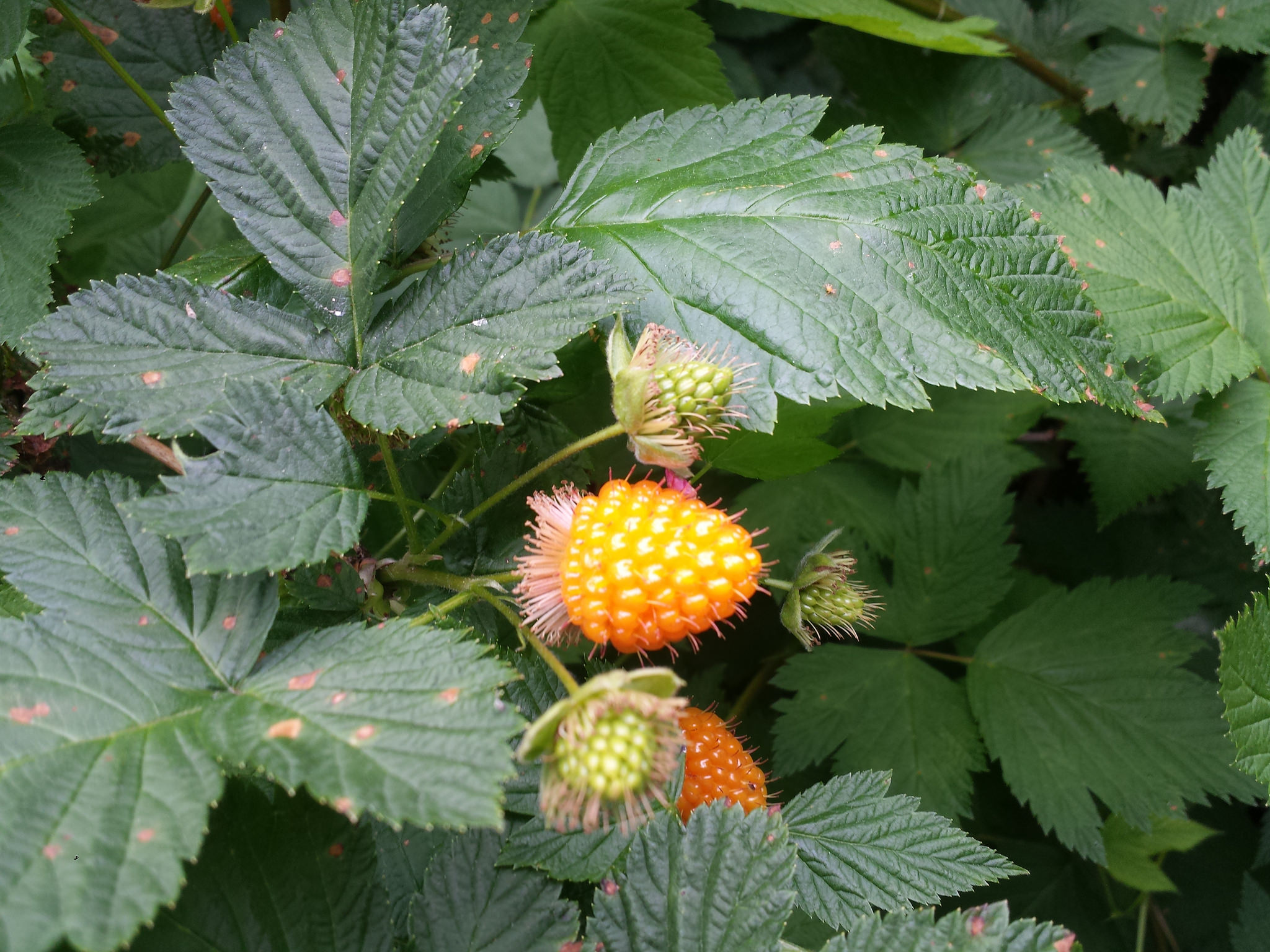
The bushes can grow to over two metres and are best identified by the groupings of three jagged-edged leaves that are reminiscent of a butterfly or moustache and goatee depending on your imagination. The bark is a reddish-brown that has small spines along them when young and smooth peeling bark as it matures. The vibrant purple flowers turn into the yellow or red berries in mid-spring. They can be eaten as a trail snack, added to salads, or made into tasty vinaigrettes.
Stinging Nettle
A plant with a notorious reputation, stinging nettle is more than just a nuisance. It is a plant rich in vitamins and minerals and makes an amazing alternative to your store bought greens. It grows in a variety of locations but is often found growing best along pastures and the edges of forests.
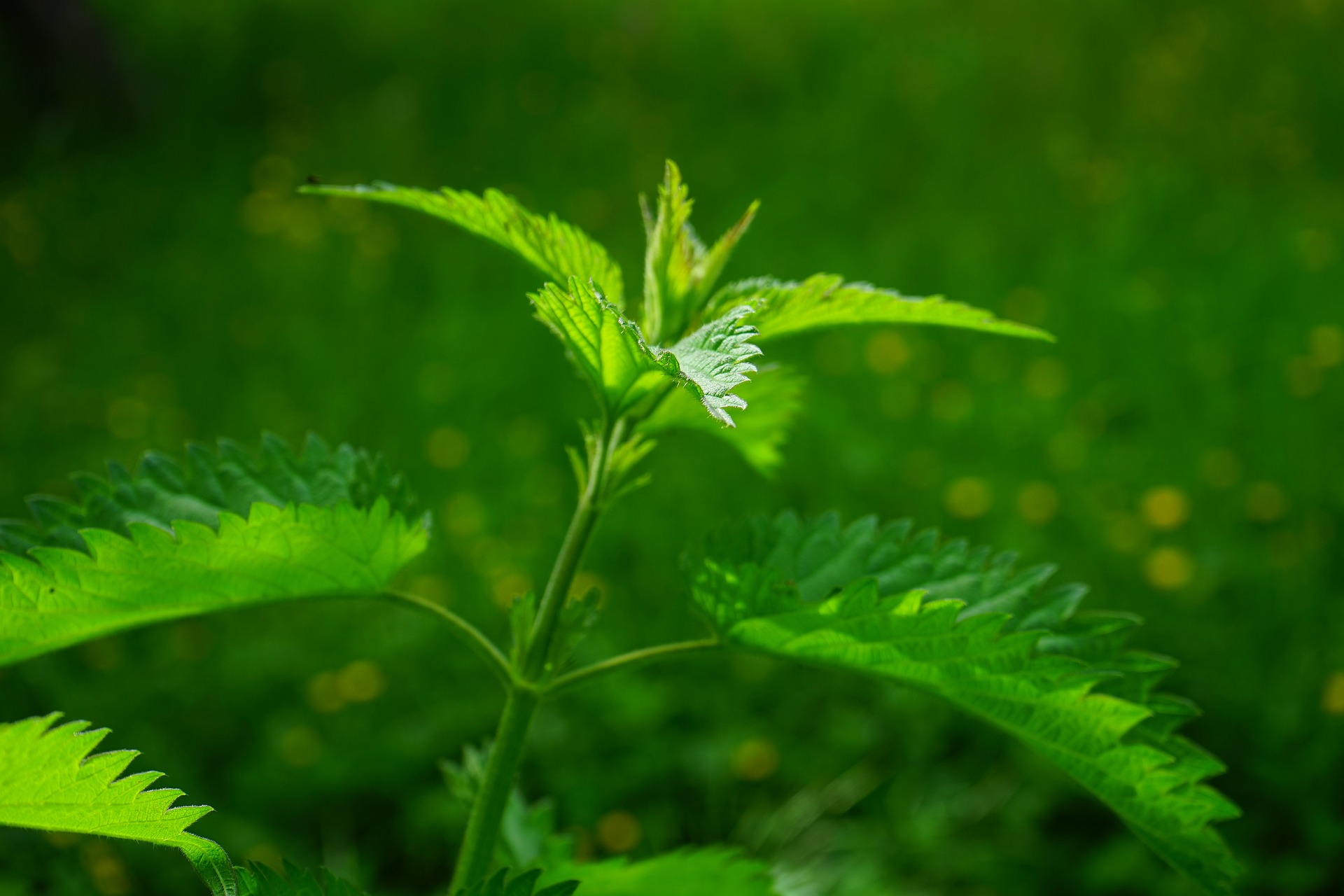
The long pointed leaves with their deeply toothed edges can be made into an iron-rich tea as a traditional remedy for seasonal allergies or used to replace spinach in any recipe. It can grow to over a metre in height but it is when it is no more than 15 cm off the ground that the best flavour is attained. Once the little clusters of flowers bloom its too late and you’ll have to wait for next spring.
Miner’s Lettuce
In the early spring this small leafy green is already in full swing. The little circular leaves grow like crazy in the cooler months as a thick ground cover along the forest floor.
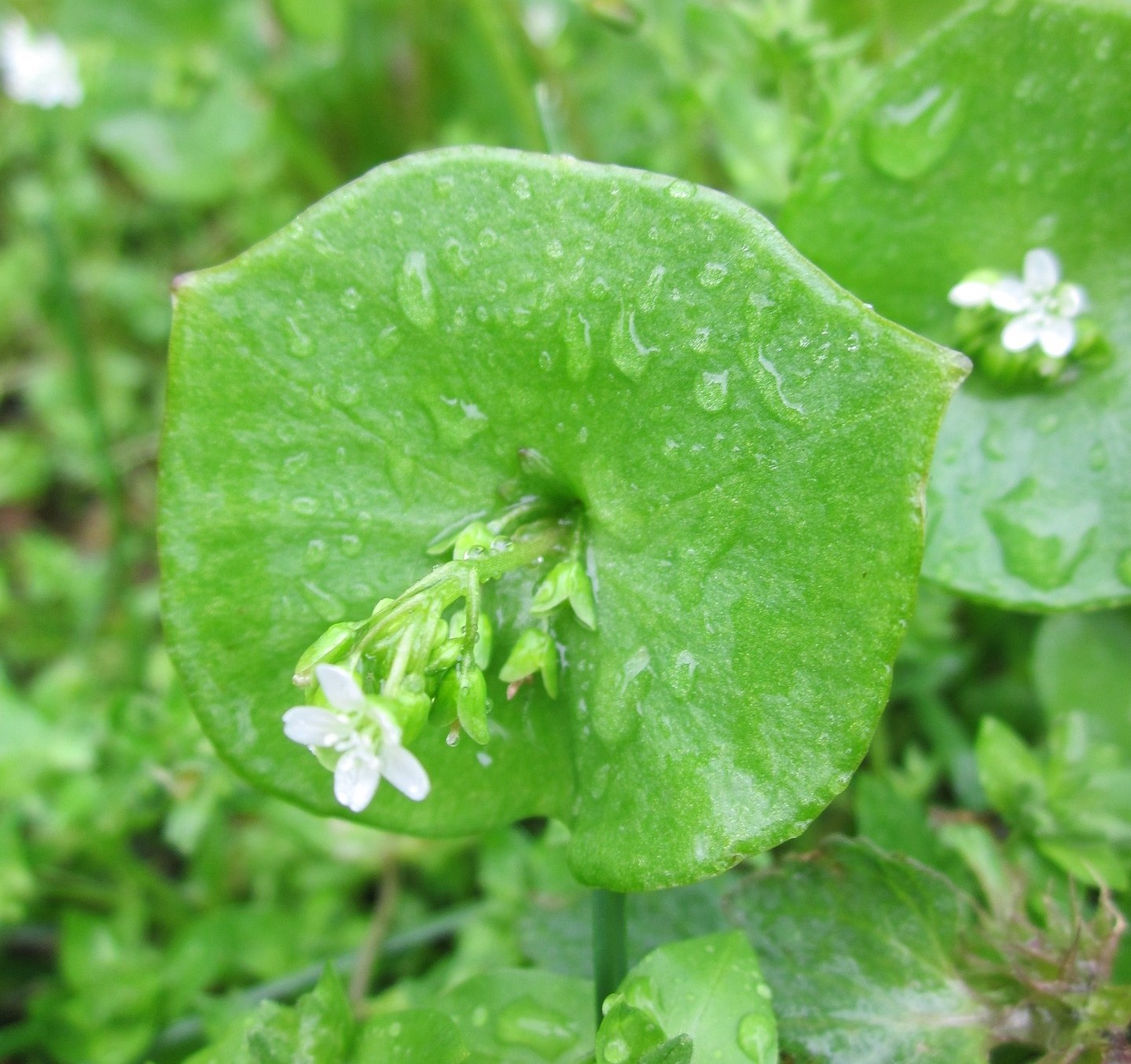
They have a nice delicate flavour to them and make great additions to salads. I would recommend not cooking them to save the flavour. Miner’s lettuce has little tiny white flowers that bloom in early spring. Unlike most other plants the flavour isn’t really affected by the emergence of the flowers so continue picking until the heat of summer kills off the plant.
Willow
There are many species of willow that grow all across the Pacific Northwest. Each of which contains the salicylic acid that aspirin is derived from, granted at varying levels of concentration. Willow bark is a traditional remedy best used for fighting minor headaches. By making a tea from the bark alleviation from these symptoms can been reached.

Willows always grow near sources of water and have small round to slender pointed shaped. The nicest flavoured tea made from the young leaves of willow come from the scouler’s or hooker’s willow that are quite common along stream banks. When harvesting willow bark only take a small strip and never take a complete band from around a branch or else it will die.
Cattail
One plant not to be left out of a new forager’s repertoire is the cattail. This plant has so many edible parts that it can be harvested throughout the season. In the early spring the new shoots that grow out of the water are thick and juicy. They can be peeled and eaten fresh, pickled like cucumbers, or added to stir-fries. The long green blades and brown sausage-like flowers make this freshwater plant quite unmistakable.
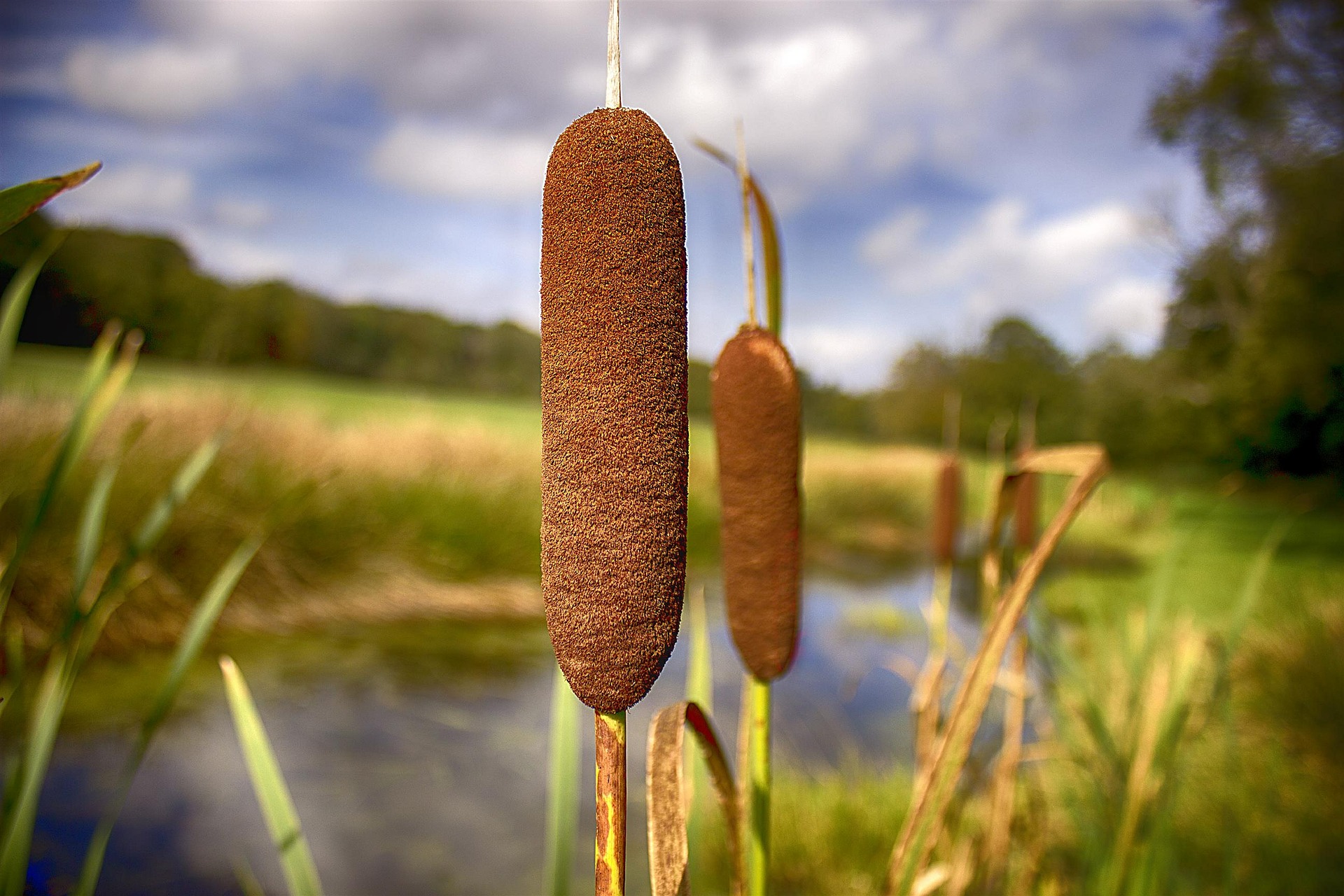
The only consideration when harvesting cattail is the quality of the water. Cattail is a wetland plant and wetlands soak up any pollutants in the water to purify it before continuing downstream. If your not sure what might be upstream from your patch of cattail try to find another location.
Fireweed
Fireweed grows right around the temperate world. It is a herbaceous plants with a single stem of long lance-shaped leaves and crowned by a spike of vibrant purple flowers that paint the landscape each summer.
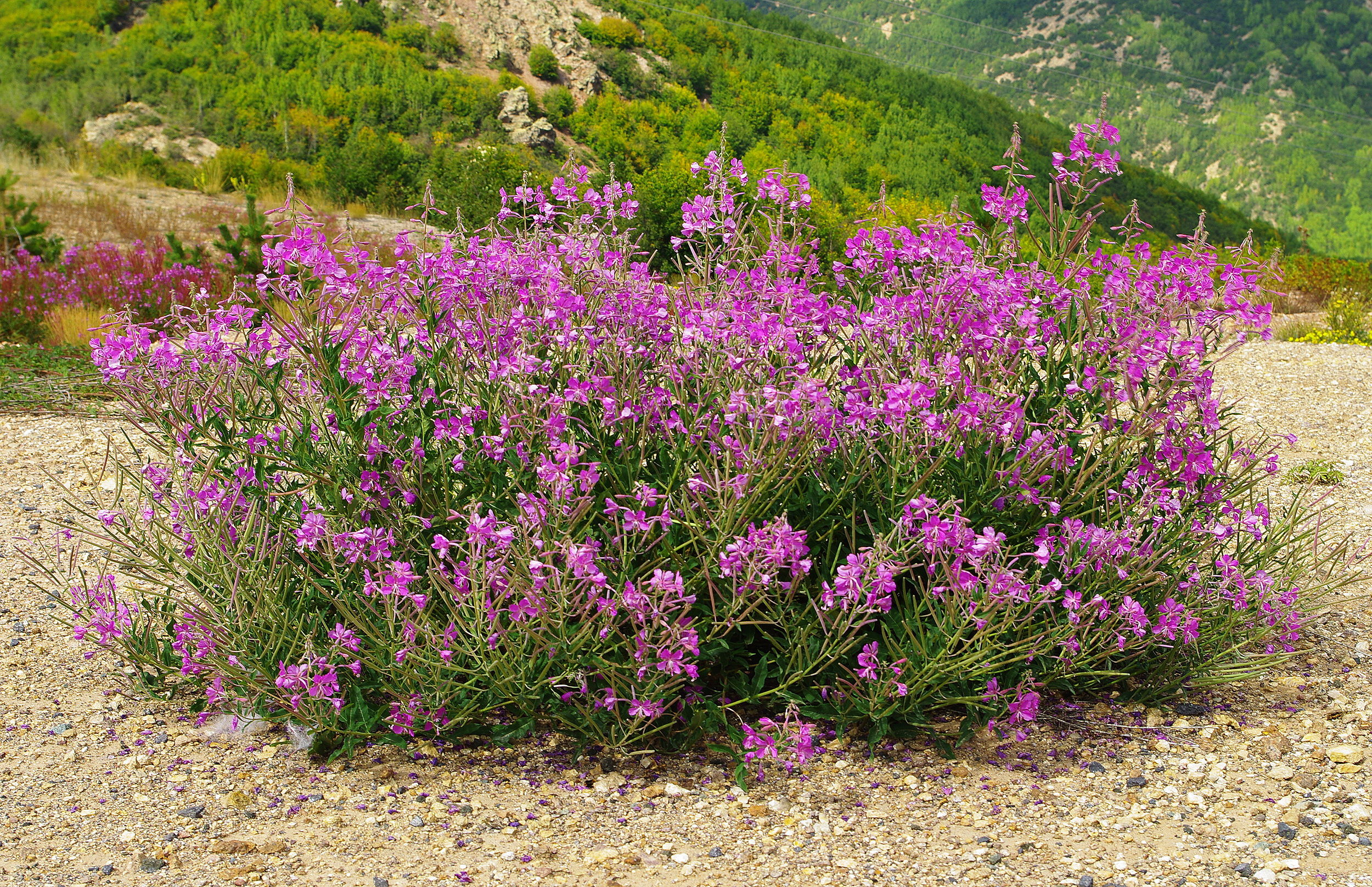
The leaves make a nice anti-inflammatory tea and can be harvested throughout the spring. The new shoots, once out of the ground in early spring, can be harvested and peeled of their outer skin to reveal a tender shoot best eaten fresh. Some Indigenous groups sliced the stems open and sprinkled them with sugar and scrapped out the tender insides with their teeth.
Western Hemlock
One of the nicest trees to harvest in the Pacific Northwest is the western hemlock. It is a tree that reaches well over 50 metres. Branches are laden with small rounded needles and tiny quarter-sized cones.
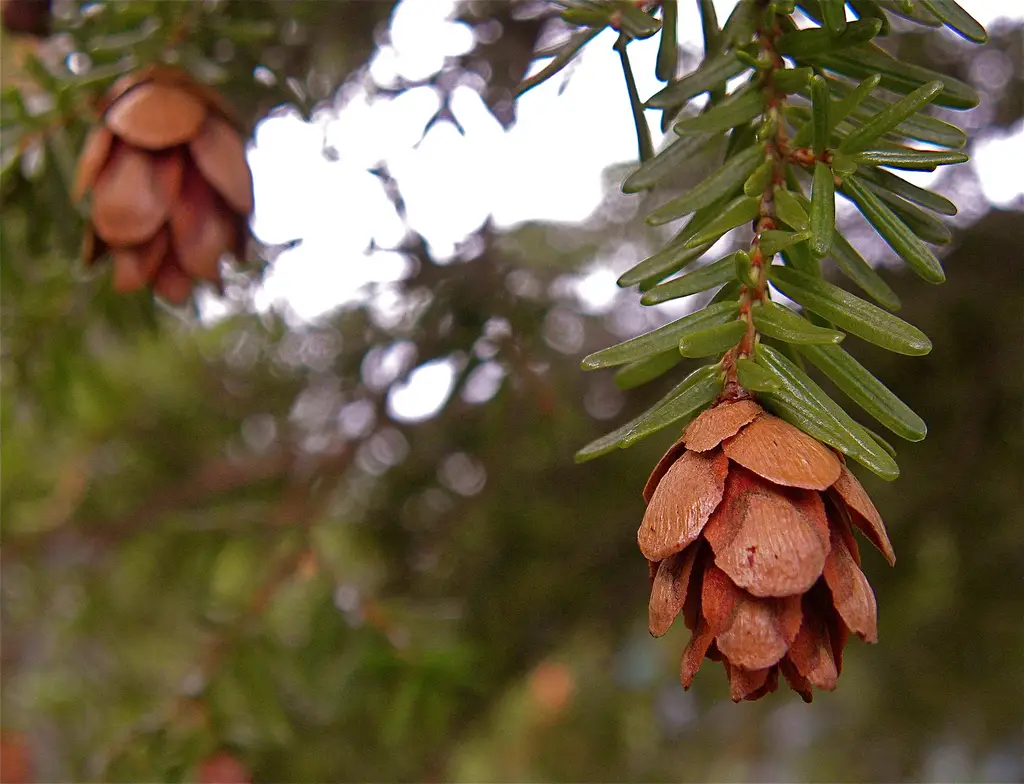
The needles are bright green in the spring when they are at their newest and freshest. These new needles can be harvested and used as a seasoning similar to rosemary. They have a subtle citrus flavour, which also make a nice tea that is high in vitamin C.
A warning for using western hemlock and other evergreen needles is that they are not recommended for consumption by pregnant women and new mothers.
Elderflower
More commonly used in Europe, elderflower is a wonderful springtime flower to learn about. Like its European cousin the large white flower clusters can be harvested and made into one of the nicest flavoured syrups you will find.
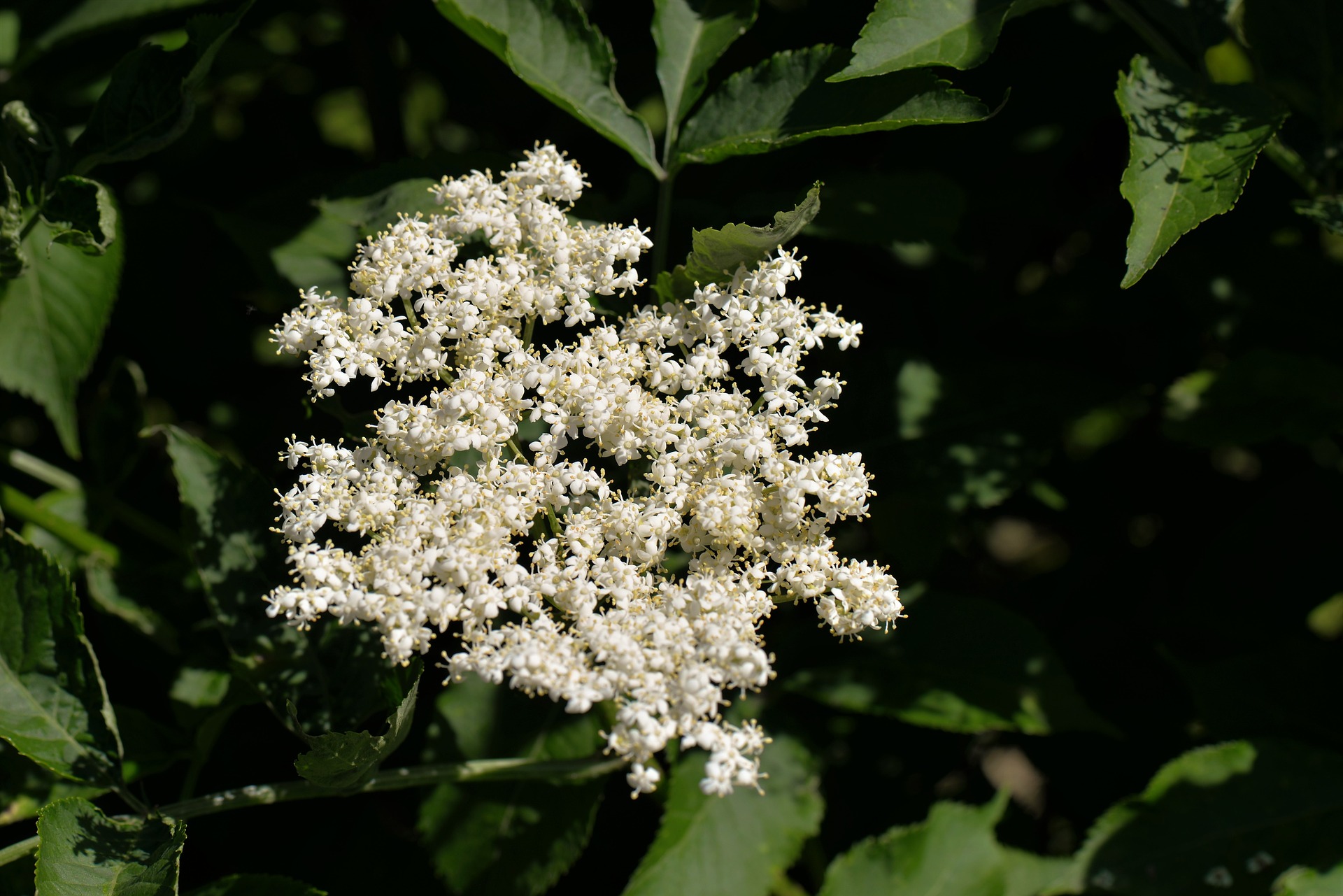
The trees reach a couple metres in height and have long pointed leaves numbering five to seven per stem. There are two different species in the Pacific Northwest; blue elderberry and red elderberry. The most distinguishing feature is the clusters of berries that each gets in the summer. Blue elderberries have a dusty pale blue colour and red elderberries are bright orange-red.
Licorice Fern
This unique fern is found, most often, growing on the mossy trunks of bigleaf maples. It takes root between the moss and the bark of the trees. Each spring new little fern fronds burst from the moss along long networks of thick roots. Once you see the new fiddleheads that means there is new growth in the root system as well.
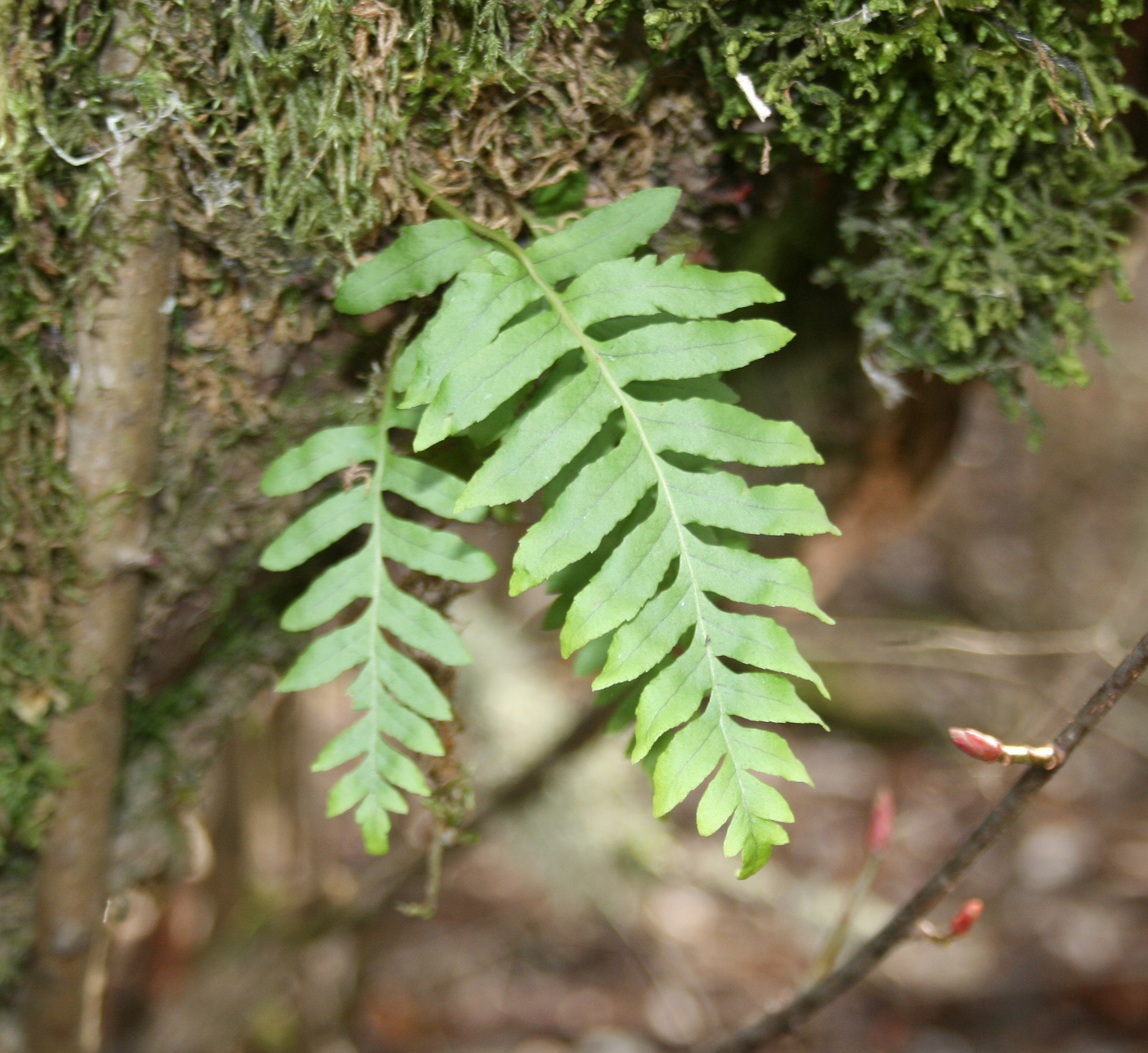
It is these new roots that foragers go after. They have, as you might imagine, a strong licorice taste to them and make a lovely flavouring agent to deserts or even a refreshing tea. A word of warning though, the root doubles as a mild laxative so depending on your tolerance you might want to just enjoy it in a tiny amount.
Care must be taken with harvesting this plant because it is quite easy to destroy the moss layer where it grows if you are careful. Without the layer of moss on the trunk the ferns cannot grow back and it would meant hat it could be wiped out of a whole area if care is not taken.
Thimbleberry
Each spring one of the first shoots to pop up from the forest floor is that of thimbleberry. These thick, bright green shoots are extremely tender and after a quick peel they make a tasty green vegetable similar to cucumber. Thimbleberry is a bush that grows across the Pacific Northwest and each year the large, soft maple-shaped leaves die off.
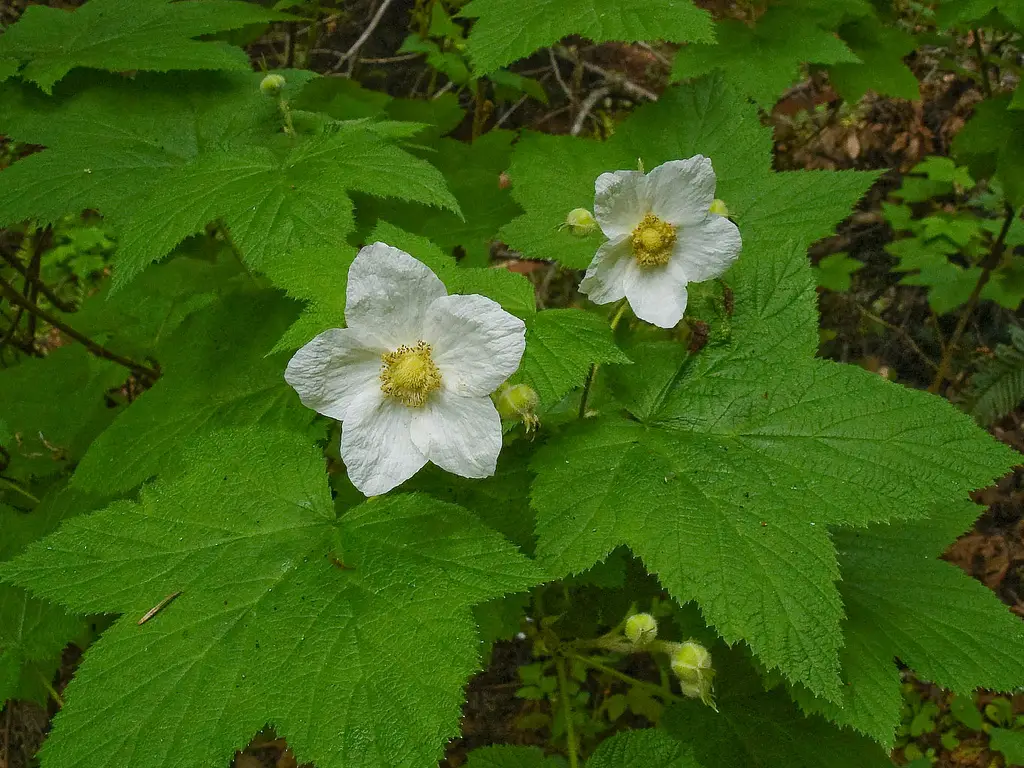
In the spring new growth emerges from the stems but also from the base of the plant as well. It is these new stems coming out of the ground that the best shoots come from. They can be eaten fresh and added to salads, pickled and kept for the rest of the year, and sautéed like celery in a stir-fry.
– Disclaimer –
This post is strictly intended for informational purposes. Please research further if you have allergies, or think you may have a reaction to certain vegetables, flowers, roots, and other wild plants which may be suitable for consumption before eating them. It is important to identify plants properly before eating.
*** GearWeAre is not responsible for any allergic reactions or mistaken identification of wildly grown edibles. ***





